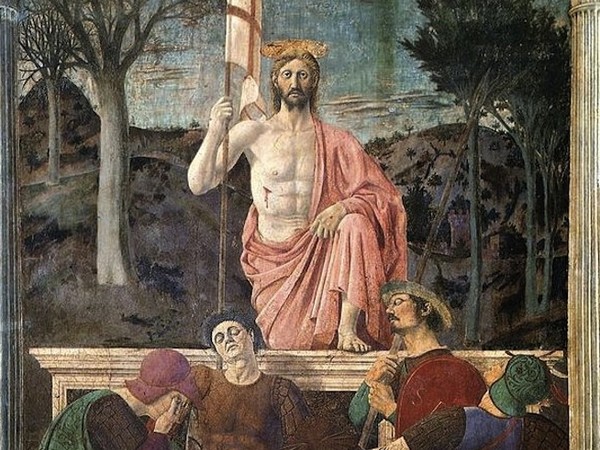 |
| Picture: Wikipedia |
Some fashionable modern art has been sold for oodles of money this week. I was more interested to find a second hand copy of Sotheby's review of its 216th season (October 1959-July 1960; they had a ten-month year in those days). That was the start of the post-war art boom, when auction prices were just recovering from the lows of the great depression. It's interesting to see what was fashionable then, but everything seems relatively cheap against the backdrop of the boom the followed, and which continues today.
This Rembrandt now in the Norton Simon Museum sold for just £40,000 (equivalent to £780k today*), perhaps partly because Rembrandts seemed so plentiful in that era of more generous attribution. It's still an astonishing bargain. English pictures were still expensive then, and the top old master was Gainsborough's Mr and Mrs Andrews at £130,000 (£2.5m). It was bought by the National Gallery, and it's striking how many of the more expensive lots were bought by British museums, including a Romanesque ivory to the British Museum (£9,500/£185k) and a Pittoni to the National Gallery of Scotland for £8,200 (£160k).
Post-impressionists went for high prices, and Picasso was becoming expensive. Nicholas de Stael was fashionable, with a still life selling for £9,200 (£179k). His star has fallen, too far I think. I was impressed by the Staels I saw at the Phillips Collection in Washington DC. There were some very expensive illuminated manuscripts too, because selections from the great Dyson Perrins collection were being sold.
Back then there was surprise that, "The demand for early Chinese porcelain is, if anything, greater even than that for the European factories of Meissen, Sevres or Chelsea" (p. 33). A set of 15 Fürstenberg Italian comedy figures sold for £15,000 (£293k) - almost half a Rembrandt! Today European porcelain is a niche interest, but the best Chinese examples are hugely expensive. And the taste now is for later Chinese porcelain - Qing bling rather than Song minimalism.
"The demand for fine English and French furniture remains far greater than the supply", wrote Sotheby's in 1960. The reverse applies today. From the 1960s French furniture became very expensive, with collectors like Wrightsman and Niarchos and Getty competing for the best. The greatest furniture still sells high, but the middle market has collapsed today.
The striking thing today is that the top prices are so concentrated in modern and contemporary art, and for a handful of particularly fashionable artists. There is something distasteful in the breathless commentary of some cheerleaders in the media who exult over every massive new record. My distaste is partly because I find the market's judgment so incomprehensible. I'm quite pleased when the market validates my own taste, when something I think genuinely good sells for an unexpectedly high price, or when the market recognises the quality in a work by a minor artist or an unattributed work. But the foothills of the old master sales are now far removed from the glitzy glamour of modern and contemporary.
* I've given inflation-adjusted pricesusing the Bank of England's inflation calculator. The calculator only goes to 2012, and the Sotheby's review doesn't give date of sale, so I've translated 1960 to 2012 in all cases. I've also rounded, because calculation is inexact.
